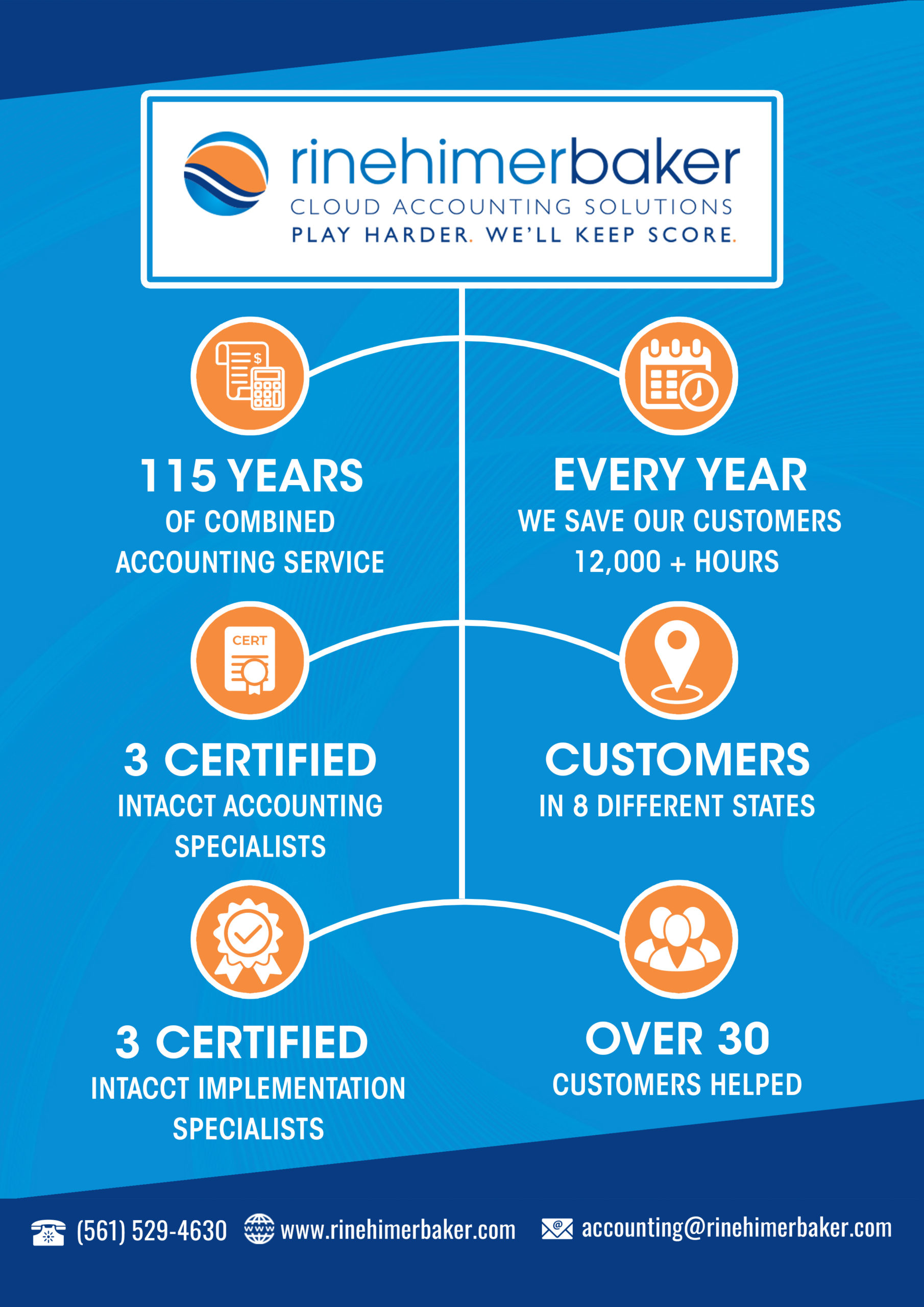Scenario planning for your business can make or break your long-term plans when adding in new products, services, or dealing with unforeseen business changes. Scenario planning or thinking is a strategical planning method that lets organizations have flexibility when making long-term plans. This results in multiple outcomes that could possibly happen based on different factors within the business and external world. Ultimately giving the company an advantage when looking to the future.
But how do you scenario plan?
There is a well-known 7 steps to Scenario planning which are:
1.Focal Issues- The first step is scenario planning is to discover what focal issue or issues a company will have in the short term and long term. This could be implementing new technology, adding a new product, expanding to a new region, or even a more open-ended issue.
2.Key Factors-Step two is ranked as the second most important step (behind discovering your focal issue) as it helps a company to understand everything that could affect their long-term goals. Most companies get to a list of 30 to 40 internal factors that could disrupt their focus remaining on their set focal issue. Once they are identified they can be addressed beforehand to ensure they don’t disrupt the process or they can show a business that they aren’t ready to move forward on an issue until other factors have been modified.
3.External Forces- Identifying external factors can be slightly daunting but it’s key to ensuring it’s the right time to move forward. These external forces can be economic factors, social factors, or geographical factors that are often left out of the original plan.
4.Critcial Uncertainties- Once factors that can be identified have been compiled it’s time to move to those that can’t be planned. This step doesn’t apply to every scenario, but a good example is the rise and fall of gas prices. This can’t be mapped out for the long-term since it’s constantly changing.
5.Scenerio Logics- This step is crucial before actually running your scenarios. Businesses have to take a hard look at all the factors they compiled and select the top few that might actual create a larger impact on their scenario.
6.Scenerios- Once the factors have been condensed, it’s time to run through many different scenarios to see what the outcome is for your company in the short-term and long-term. Did you see a profit or decrease? Did the scenario go off without a hitch? What obstacles did you still run into? All these questions will be critical before deciding to move forward.
7.Implications and Options- Putting together your final business proposal is the last step in scenario planning. The results from the planning or thinking that has been done come to the executive team for a final decision before moving forward.
Ultimately, scenario planning can be a huge time and money saver for companies who are looking to plan long-term.
Find out how rinehimerbaker can be the right partner to help create strategic growth for your company.












